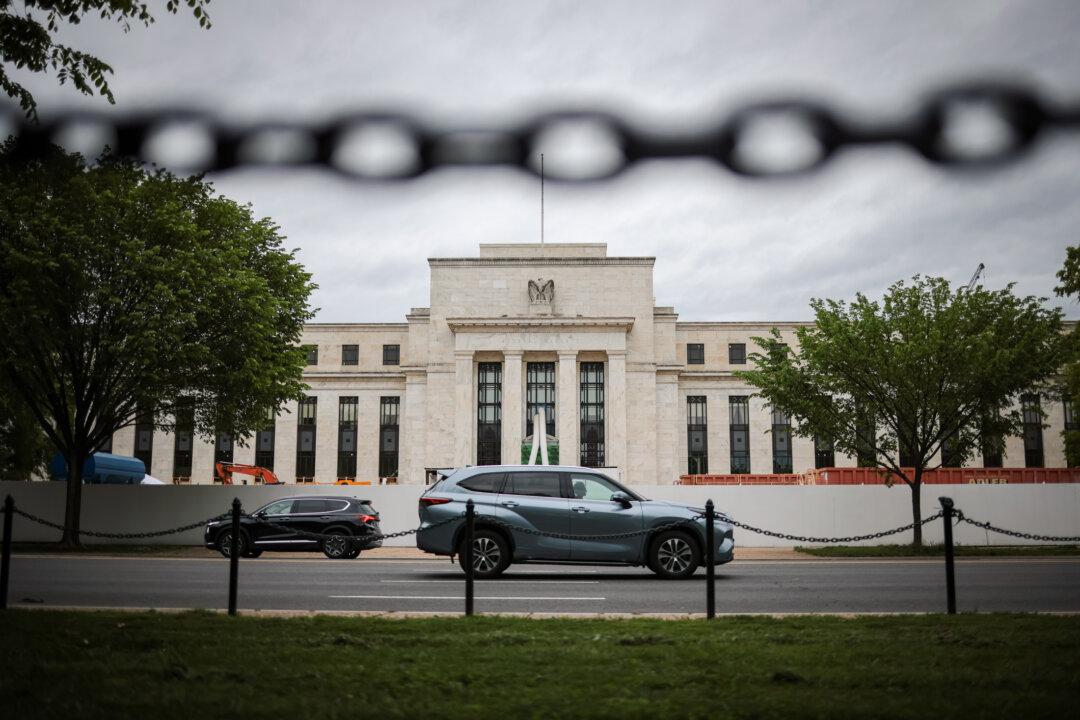Commentary
The year 2023 seems a turnaround year for the world economy: Not only in the real estate sector, where prices are on the rebound. Indeed, inflation and the interest rate hike will still be the focus, at least for the first half of 2023; recession, if any, should be later. The picture is getting clearer: inflationary pressure stems mainly from the strong labour and spending markets. Nevertheless, it is unclear whether the current policy stance is restrictive enough to bring inflation down meaningfully. The actual reason behind this is the monetary policy is very slow in transmission.





